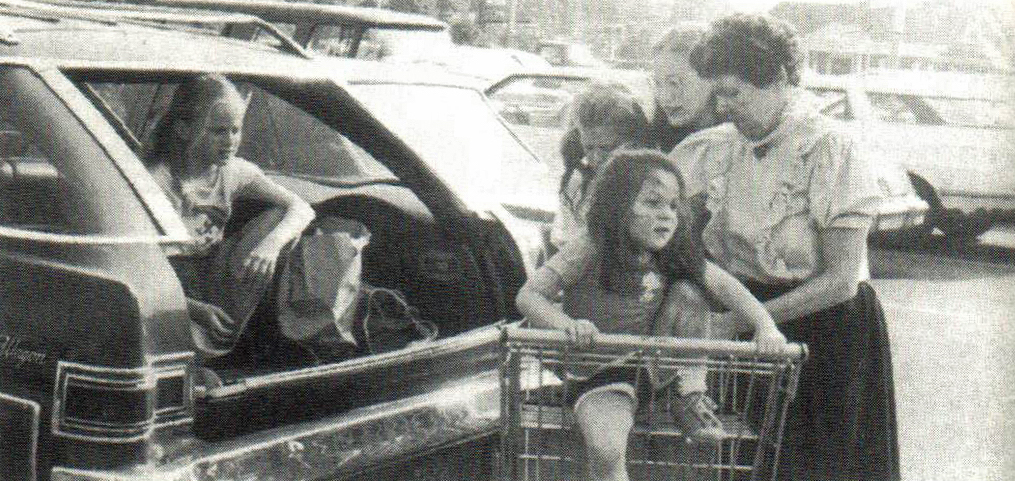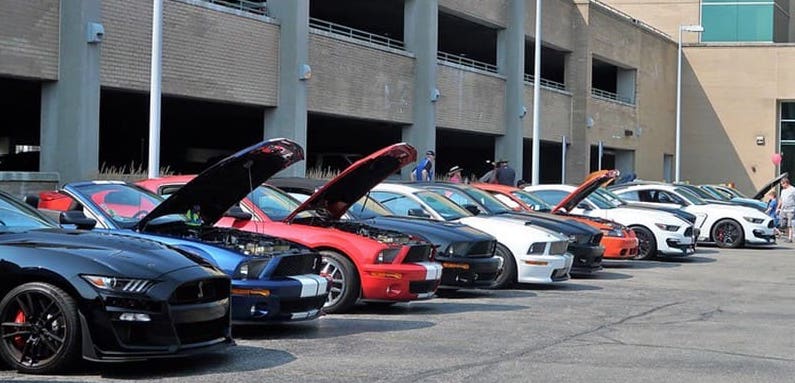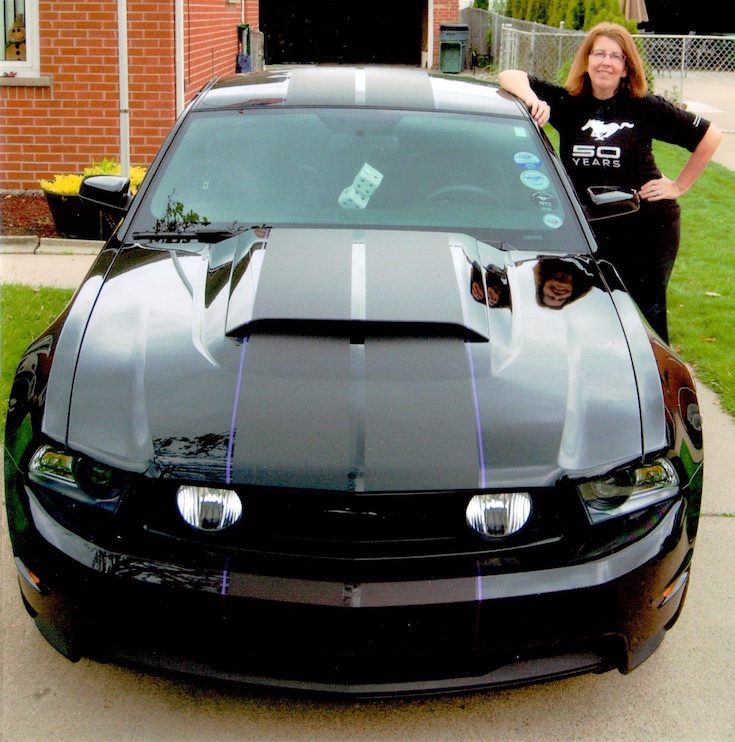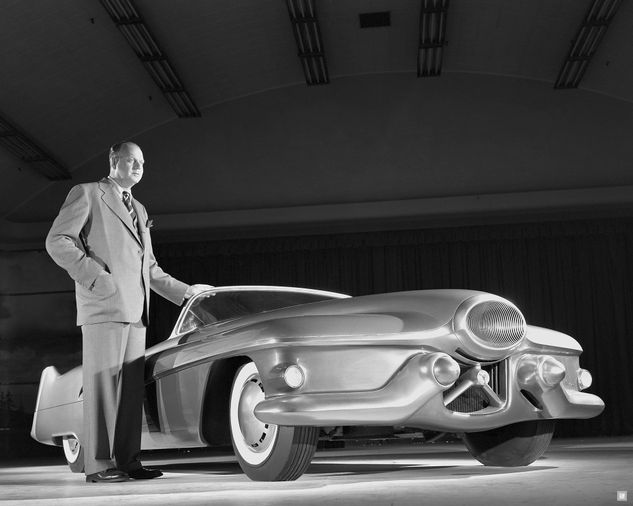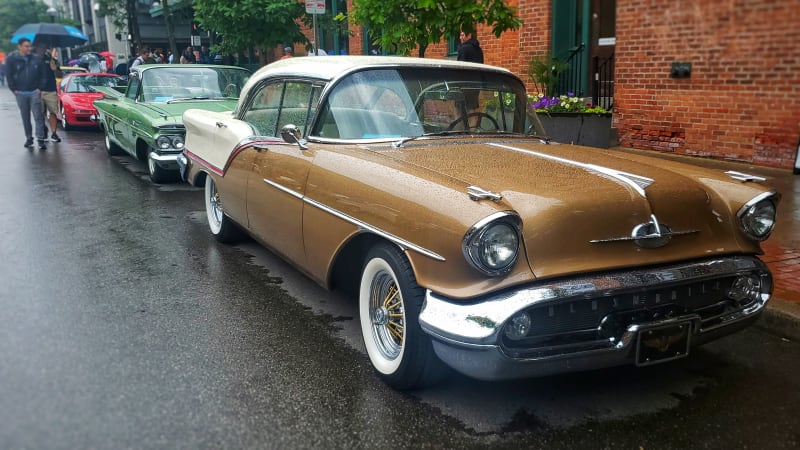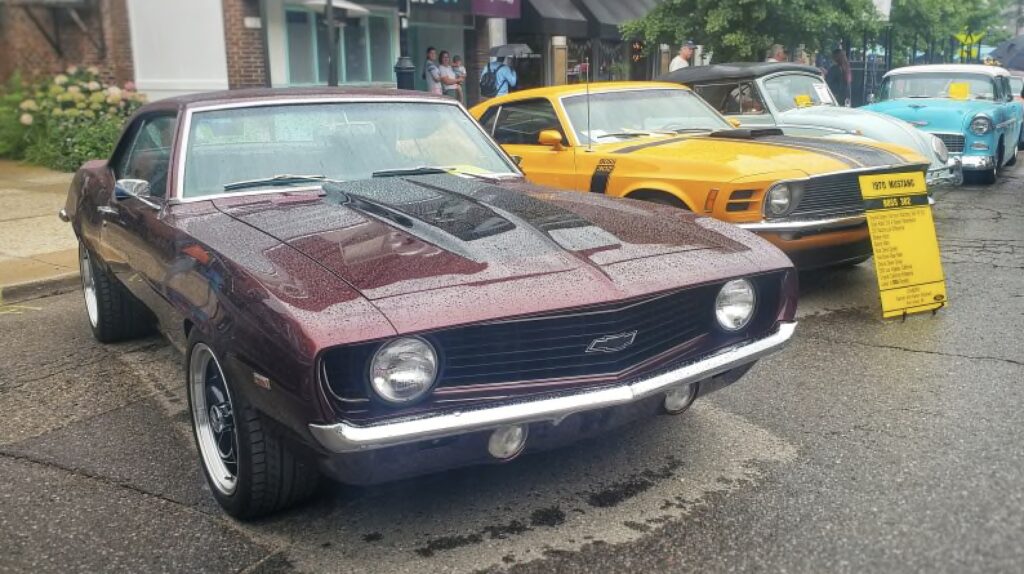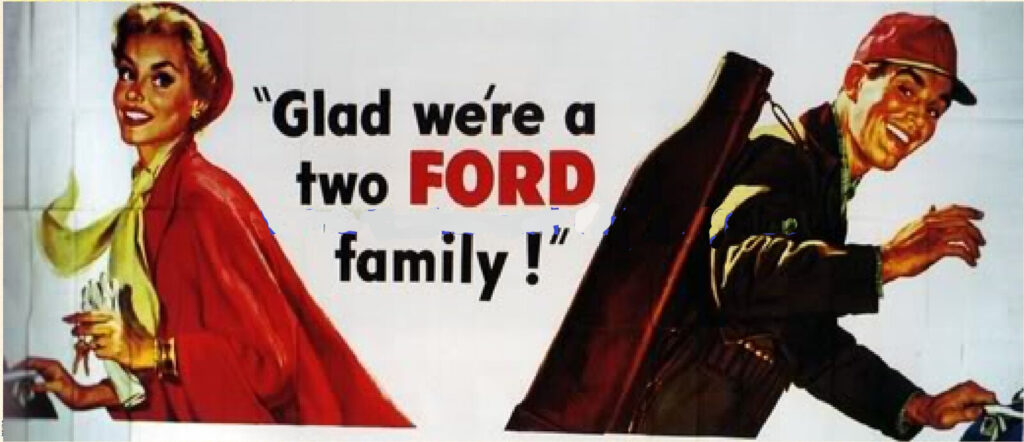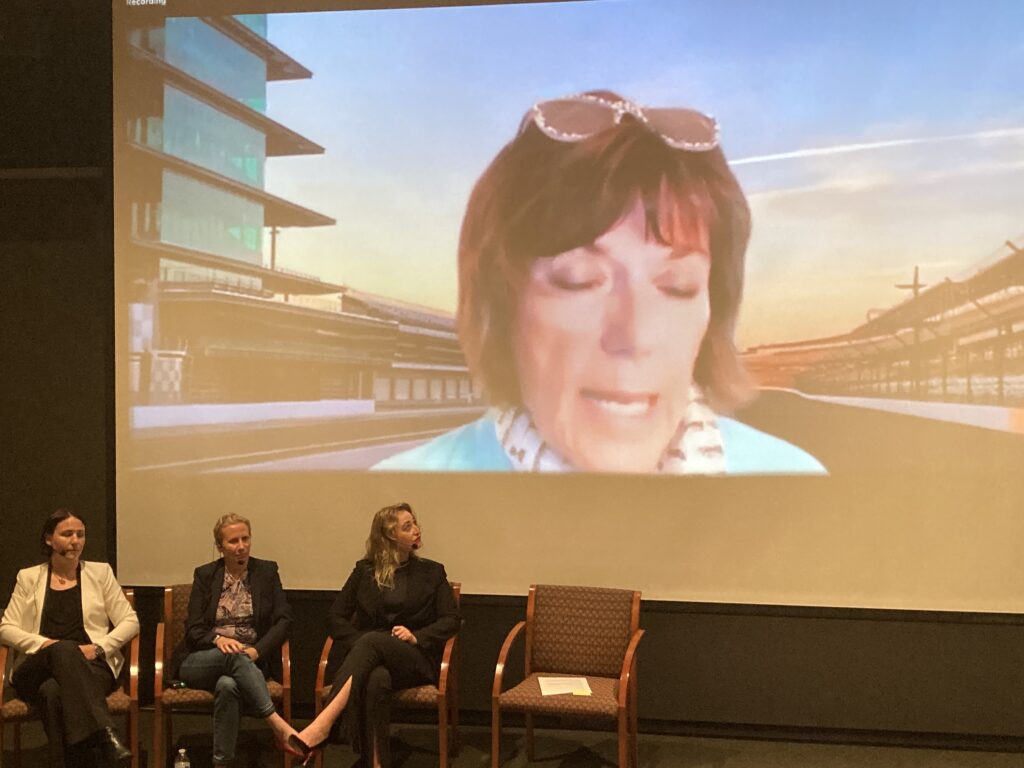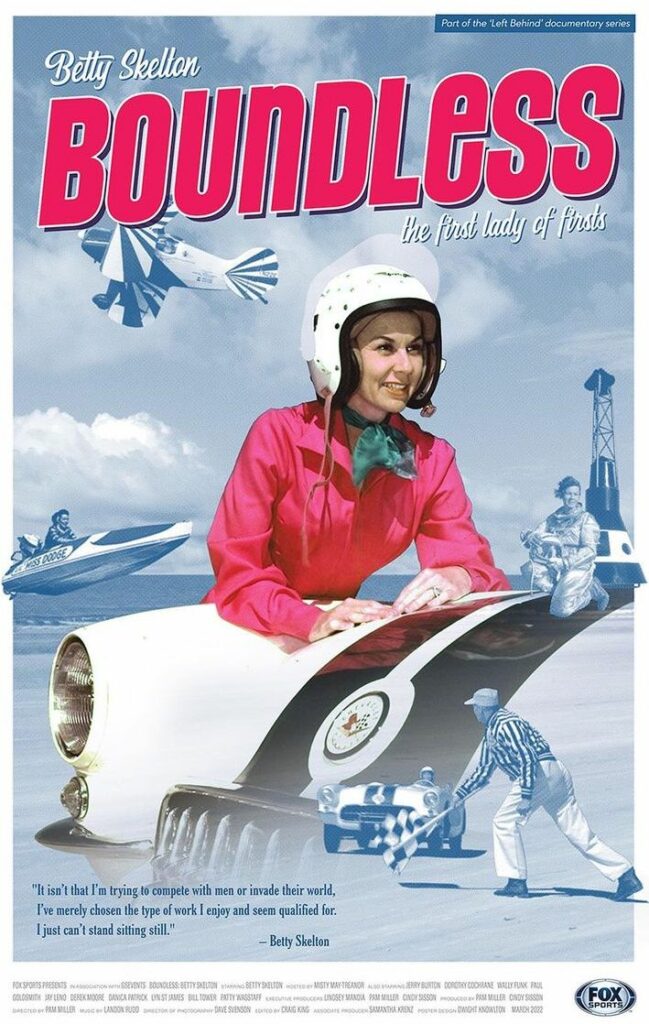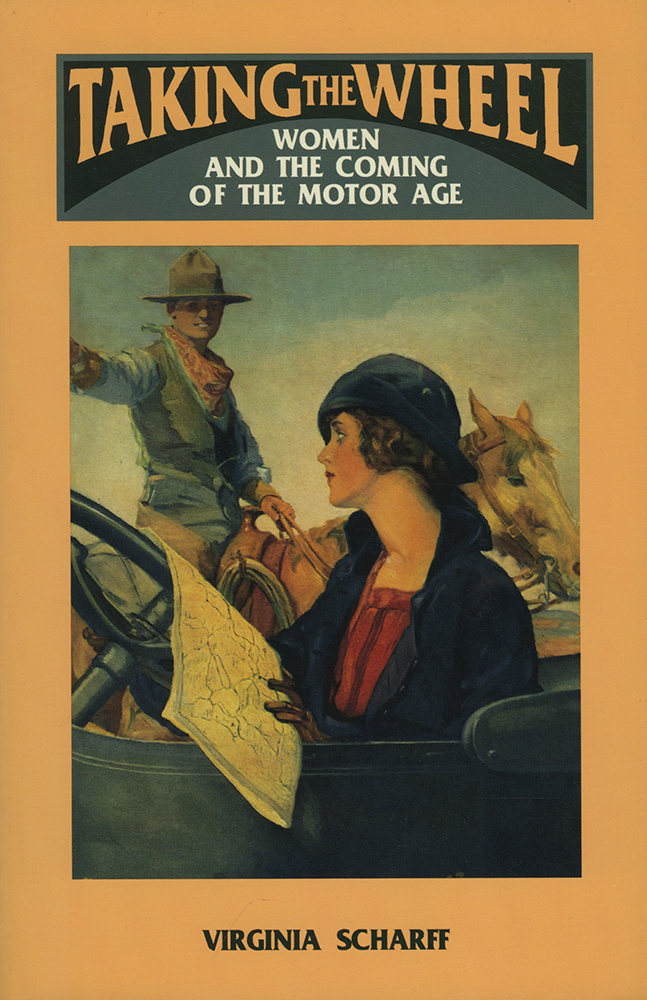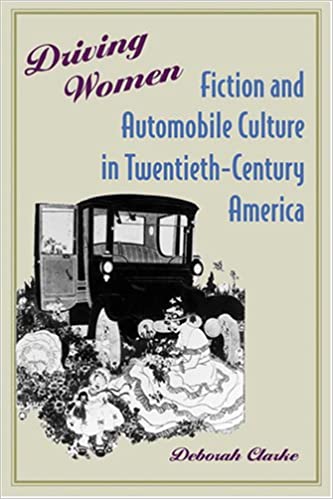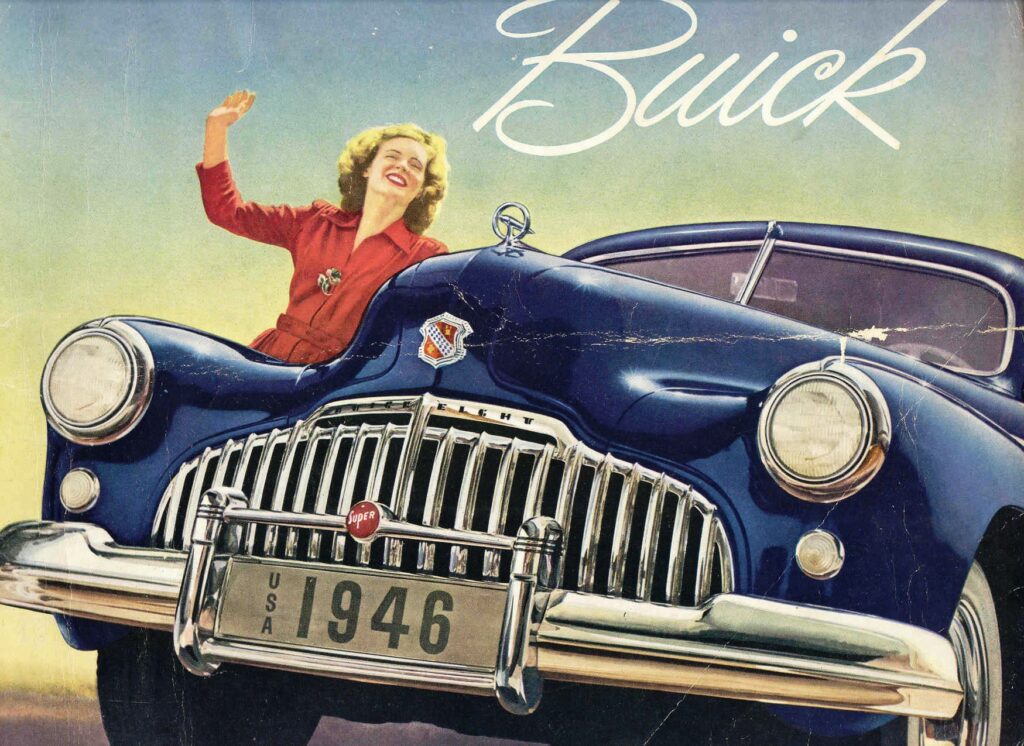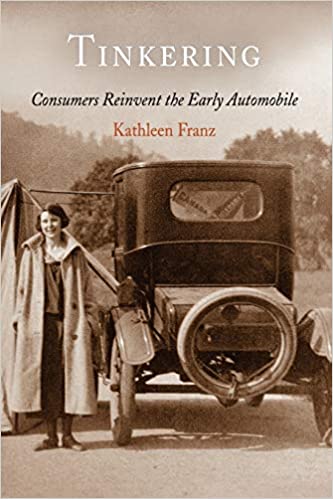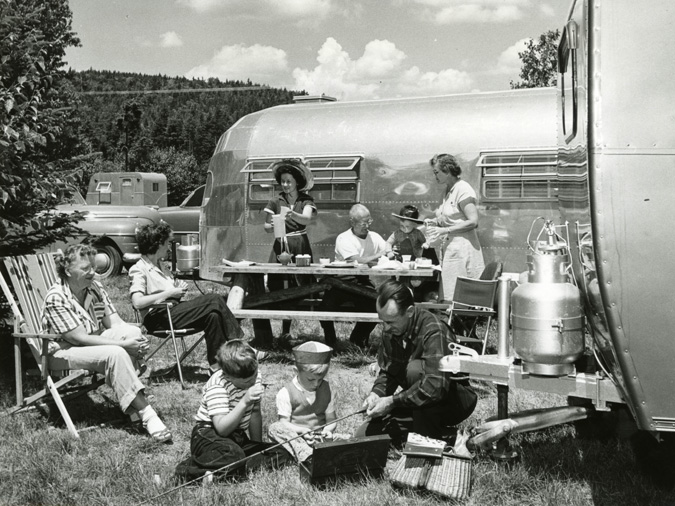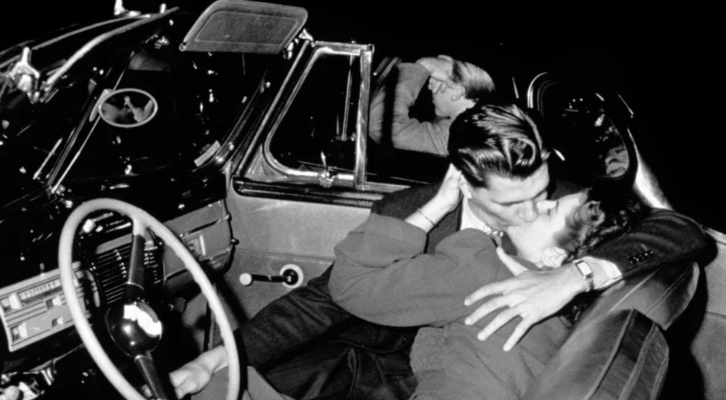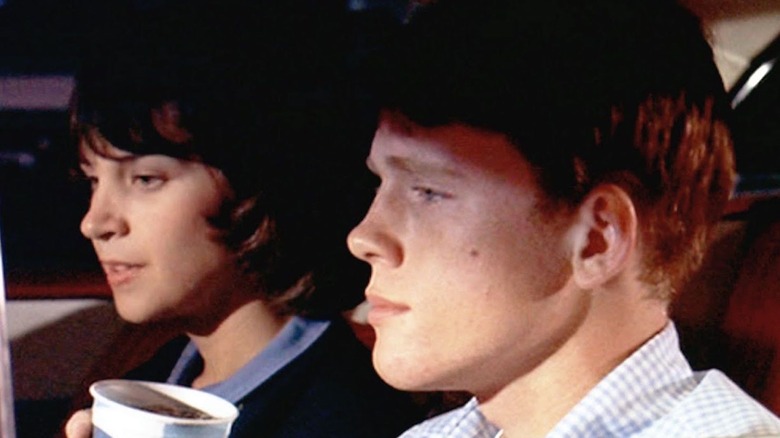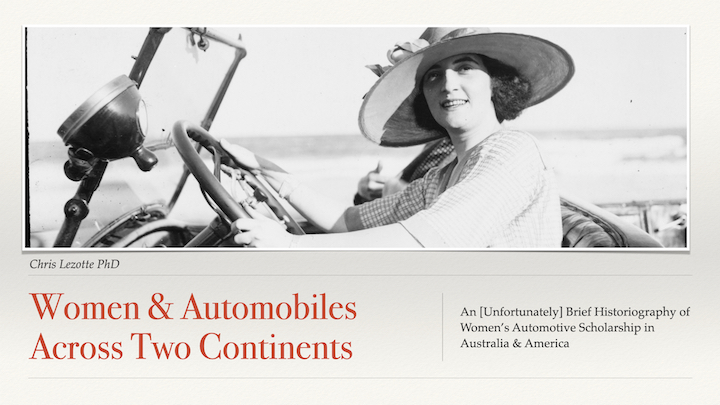
This past weekend I had the honor of participating in an international symposium – Wheels Across the Pacific: Transnational Histories of the Automotive Industry. It was a joint effort by the Automotive Historians of Australia [AHA] and the Society of Automotive Historians [SAH] in the US; the goal was to explore ways in which the Australian and North American auto industries shared parts and components, staff, expertise and skills, engineering, design and studio practices, business and management structures, and advertising and trade practices. There were in-person attendees in Australia, as well as international viewers all over the globe. While the time differences among participants made for a challenging evening [or morning or afternoon, depending on the time zone], the symposium was a unique opportunity to share scholarship and conversation with car folks from down under.
In terms of my own presentation, I veered somewhat from the established guidelines. As a cultural historian, I am not well versed in the ins and outs of the automotive industry on either continent. But I thought I could contribute in a different way. ‘Women and Automobiles Across Two Continents: An [Unfortunately] Brief Historiography of Women’s Automotive Scholarship in Australia and America’ examines the trajectory of women’s automotive history in both countries. What follows is both the introduction to the presentation as well as the conclusion – in which I summarize my objectives as well as present a challenge to present and future historians of the automobile. I hope to develop this brief historiography into a publication-ready paper at a later date.

Since the turn of the twentieth century – and the beginning of the motor age – writers of various persuasions in multiple locations have set upon the task of documenting the automobile’s vast and varied history. The first automotive histories – of auto companies, auto industry leaders, and popular accounts of the automobile’s impact – began to appear in the early 1920s. Scholarly examinations of automotive history first entered the scene in the late 1960s and early 1970s. Influenced by the cultural turn, historians looked beyond the auto industry and its internal dynamics to consider the automobile’s impact on society.
Yet although scholarship witnessed the incorporation of women into various national and international histories during the mid 1970s, automotive history – a stubbornly male-dominated discipline – was slow to recognize women as influencers and participants in automotive culture. It wasn’t until the late twentieth century that five feminist historians – two Americans [Schwartz-Cowan and Scharff], one Brit [Walsh], and two Australians [Webber and Clarsen] – began the necessary if not groundbreaking process of writing women into automotive history.

Women’s automotive history is not only about exceptional women in automotive but is also concerned with the role of the automobile in women’s lives. Women’s automotive history challenges common perceptions of women’s engagement with the automobile as it uncovers the strategies called upon by female motorists to become recognized as legitimate automobile owners and drivers. It addresses the gendered assumptions built into automotive engineering and marketing as well as how those assumptions influence how women as drivers are regarded and portrayed.
As a discipline, it revises current automotive history to include women as drivers and influencers, contributes to a broader understanding of women’s presence and involvement in automobile culture, and accomplishes what historian Joan Hoff Wilson defines as a feminist approach to history – ‘the actual status of groups of women should be described from their point of view and then compared with the status usually assigned to them as isolated objects judged exclusively by male standards.’
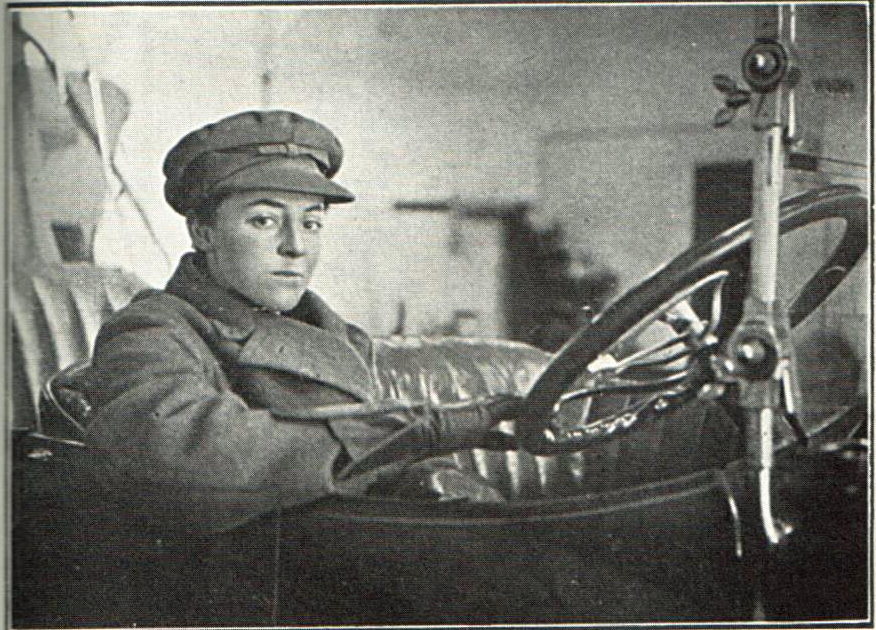
This brief presentation examines the trajectory of women’s automotive history scholarship in both Australia and the US to consider how women’s automobility has been addressed. Beginning with popular histories of the 1950s, and moving through the early twenty-first century, it investigates the impact of women’s automotive history in both locations, considers the manner in which the histories diverge and overlap, and questions how and whether such scholarship has altered the dominant masculine narrative concerning the automobile and car culture.
My objective in this presentation is not only to make scholars aware of the contributions of female historians to the automotive literature, but to inspire new ideas and research. For while women’s automotive history is gaining recognition as an important subject of study, additional work needs to be done. Women of color are noticeably absent from the literature, as are women of the working class. While societal and ethnographical studies of women’s involvement with cars have started to make an impact, there are dozens of untapped female automotive cultures waiting to be explored. Writing in 1983, Charles Sanford challenged scholars to remedy the lack of literature addressing the relationship between women and the automobile. As Sanford wrote, “what is needed is both an intimate feminine viewpoint from several perspectives about women’s experience with cars and fairly objective, even statistical, studies of the same experience.”
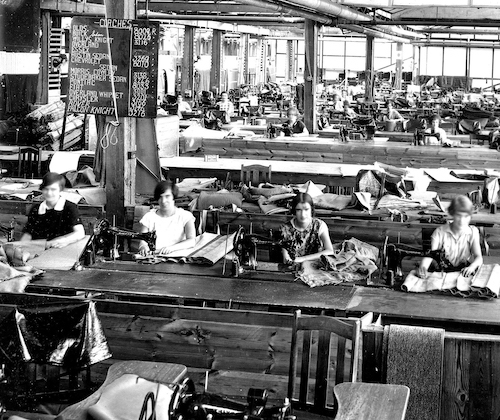
It is my hope, therefore, that this brief historiography will serve as an impetus to automotive historians everywhere to consider the influence of over half the population of drivers, and to include the actions and influence of the female motorist in present and future automotive histories.
The presentation was well received and I received a number of helpful comments and questions. It was a rewarding experience; not only was I able to help strengthen the SAH’s relationship with the AHA, but also had the unique opportunity to share and learn with scholars from a country on the other side of the world.
